The power of words: an exhibition of language as artistry at Luxembourg & Dayan

The power of the written word is being celebrated at London’s Luxembourg & Dayan gallery this summer, with an exhibition of poignant artworks that feature text as their focus.
In the installation, titled ‘Word by Word,’ curator Francesco Bonami walks us through the avant-garde work of 20th century artists who invited individuals to become the readers – rather than just viewers – of their pieces.
In the range of works on display, words and letters are used in different ways to portray their message. From conceptual artist John Baldessari’s photographic piece Word Chain, where the letters physically create a shape in the image, to the more political artwork captioned Sex / Lure by Barbara Kruger, and the poetic running prose of Carl Andre's Sun Feb 5 67 Mahjong take no full page ad. The language used in all of the pieces allows people to make their own interpretation of how the words create meaning in the ‘slippage between semiotics and aesthetics’.
Typography and media are also explored in the show with the later works. Magazine covers by Italian artist Alighiero Boetti, abstract newspapers collages by Marine Hugonnier and Joseph Beuys' chalk written Double Blackboard show the influential impact of words in art. The graphics and visual patterns in the words literally portray political and emotional messages.
The exhibition, which remains on show at Luxembourg & Dayan's Savile Row space until 5 September, takes the viewer through a historical timeline of ‘painting converged into poetry and poetry converged into painting, and the myriad complexions in between’.
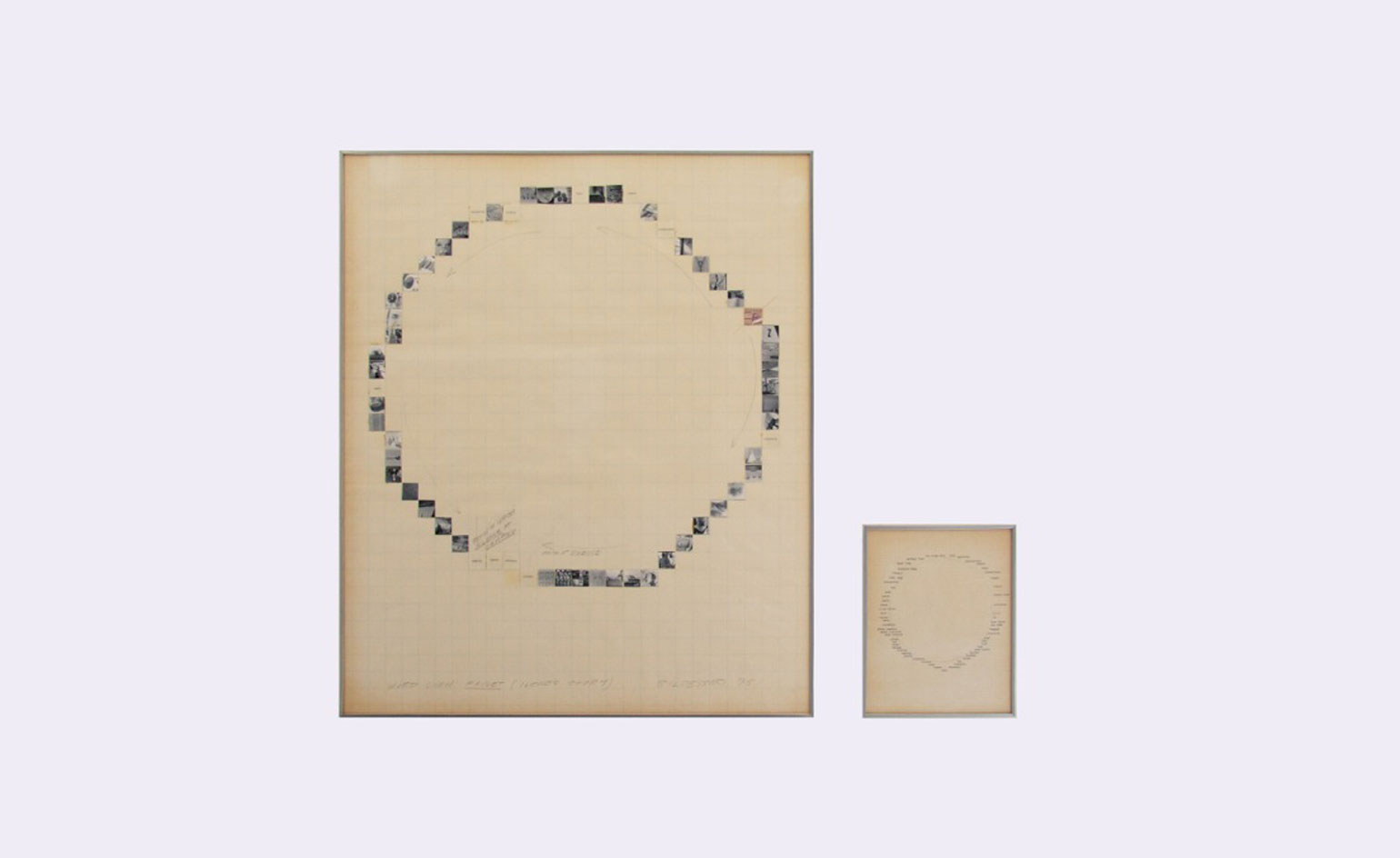
Curated by Francesco Bonami, the installation shows the avant-garde work of artists who invited people to become readers, rather than just the viewers of their pieces. Pictured: John Baldessari's Word Chain, 1975.
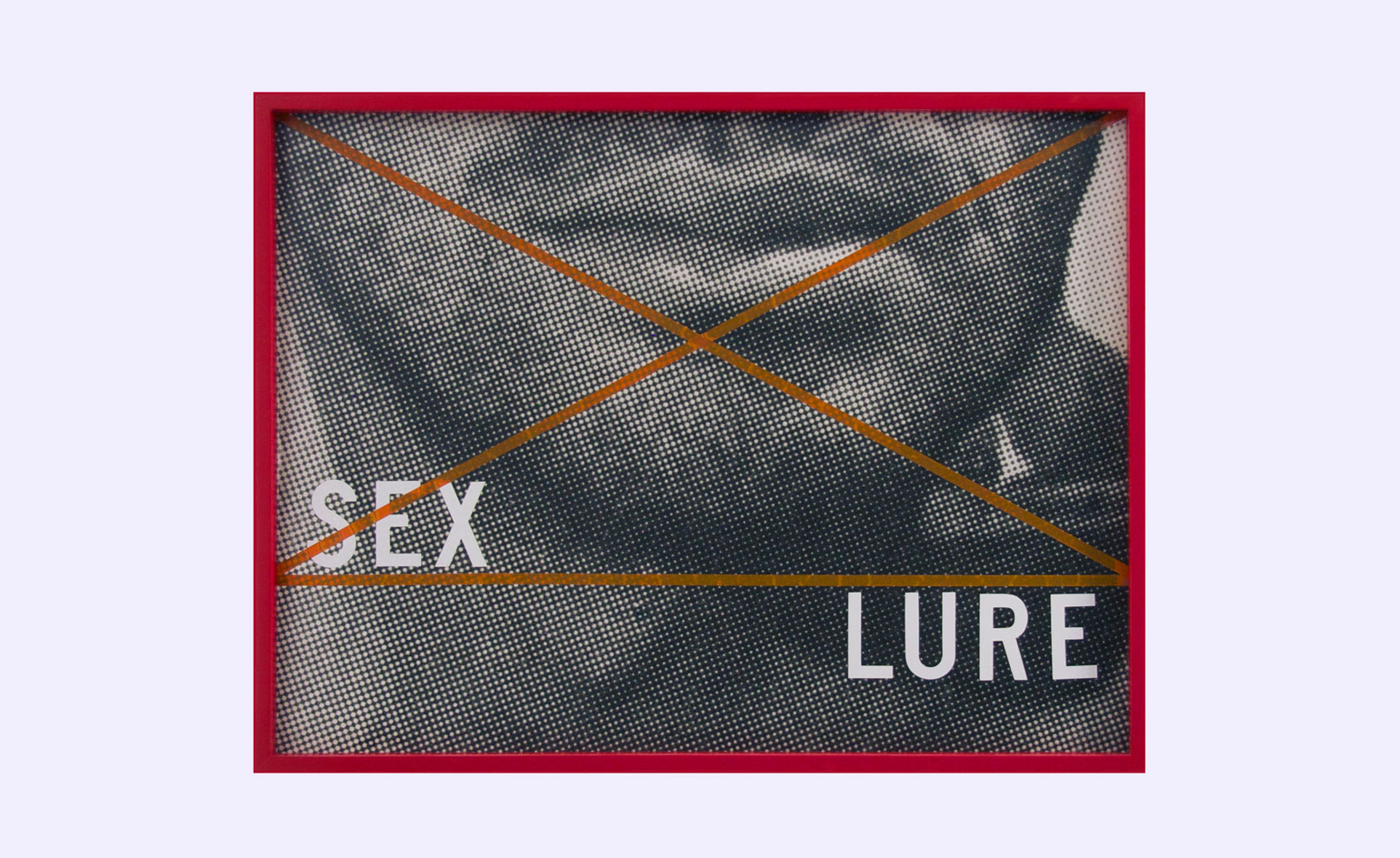
The language in the work allows the viewer to make their own interpretation of the pieces – of how the words create meaning. Pictured: Barbara Kruger's Sex / Lure, 1979.
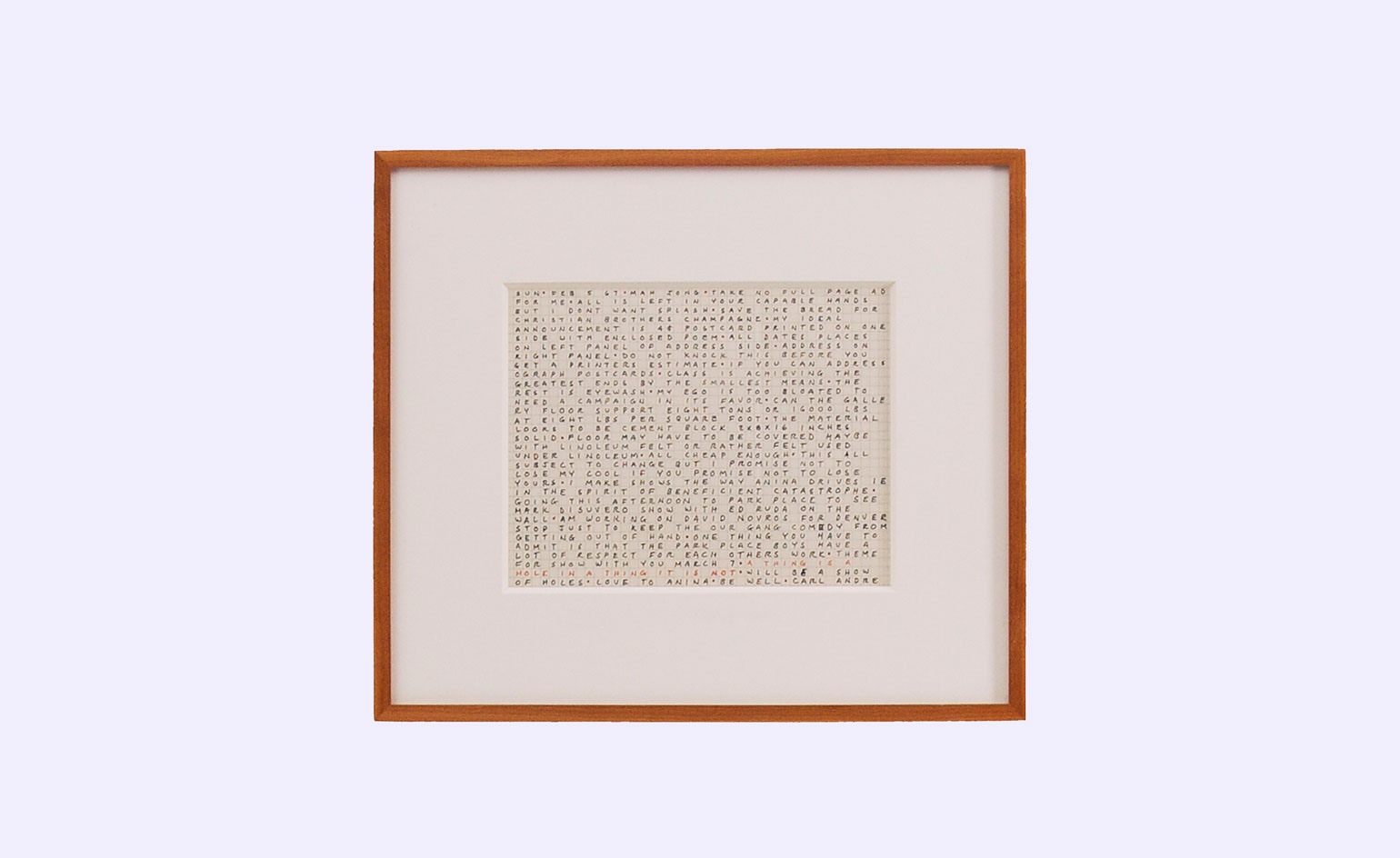
Carl Andre's Sun Feb 5 67 Mah Jong take no full page ad, 1967.

Typography and media are also explored in the show with the later works. Pictured: Alighiero Boetti's Anno 1986, 1986.

Marine Hugonnier's Yom Kippur War 1973, 2011.
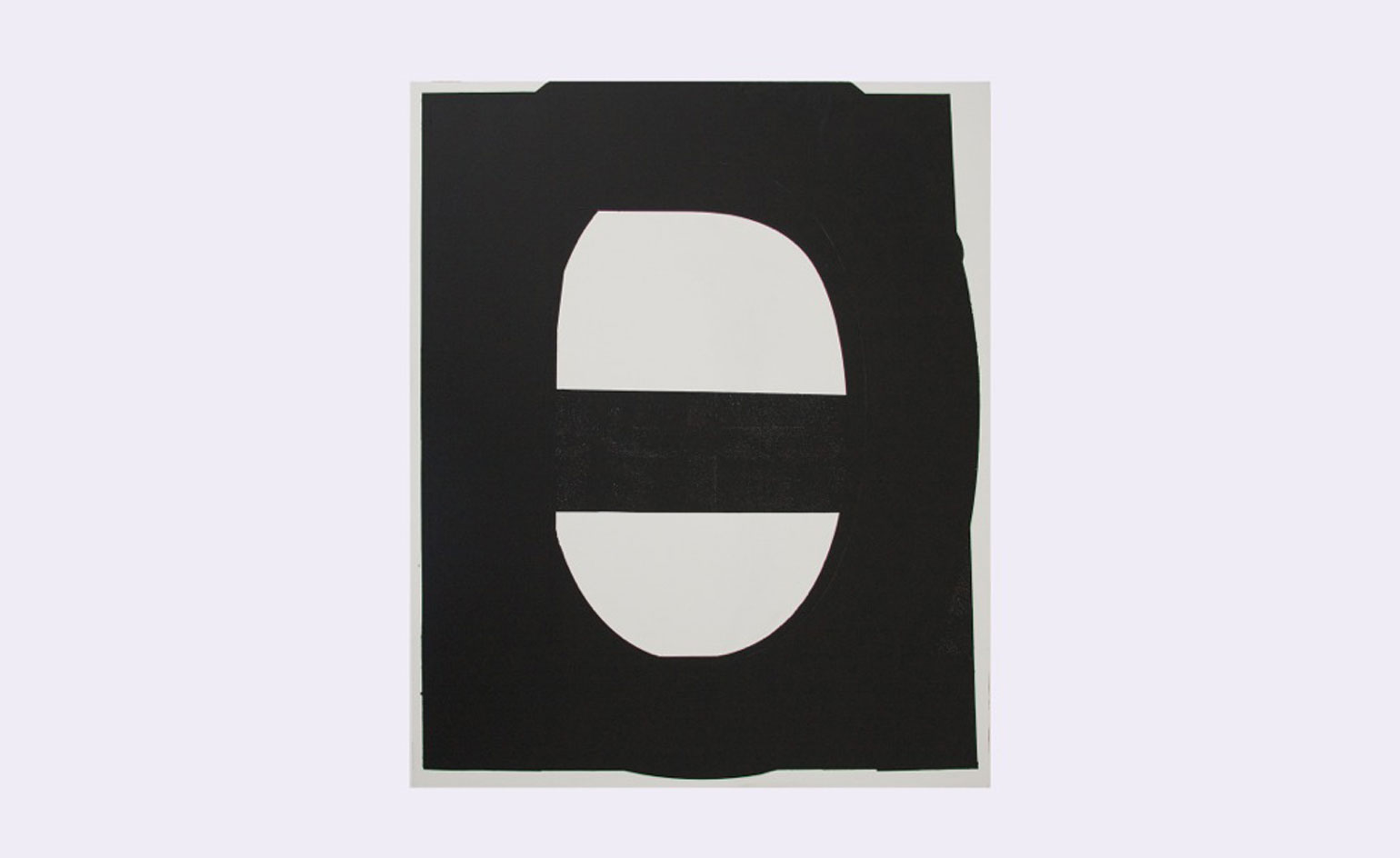
Will Boone's Load, 2005.
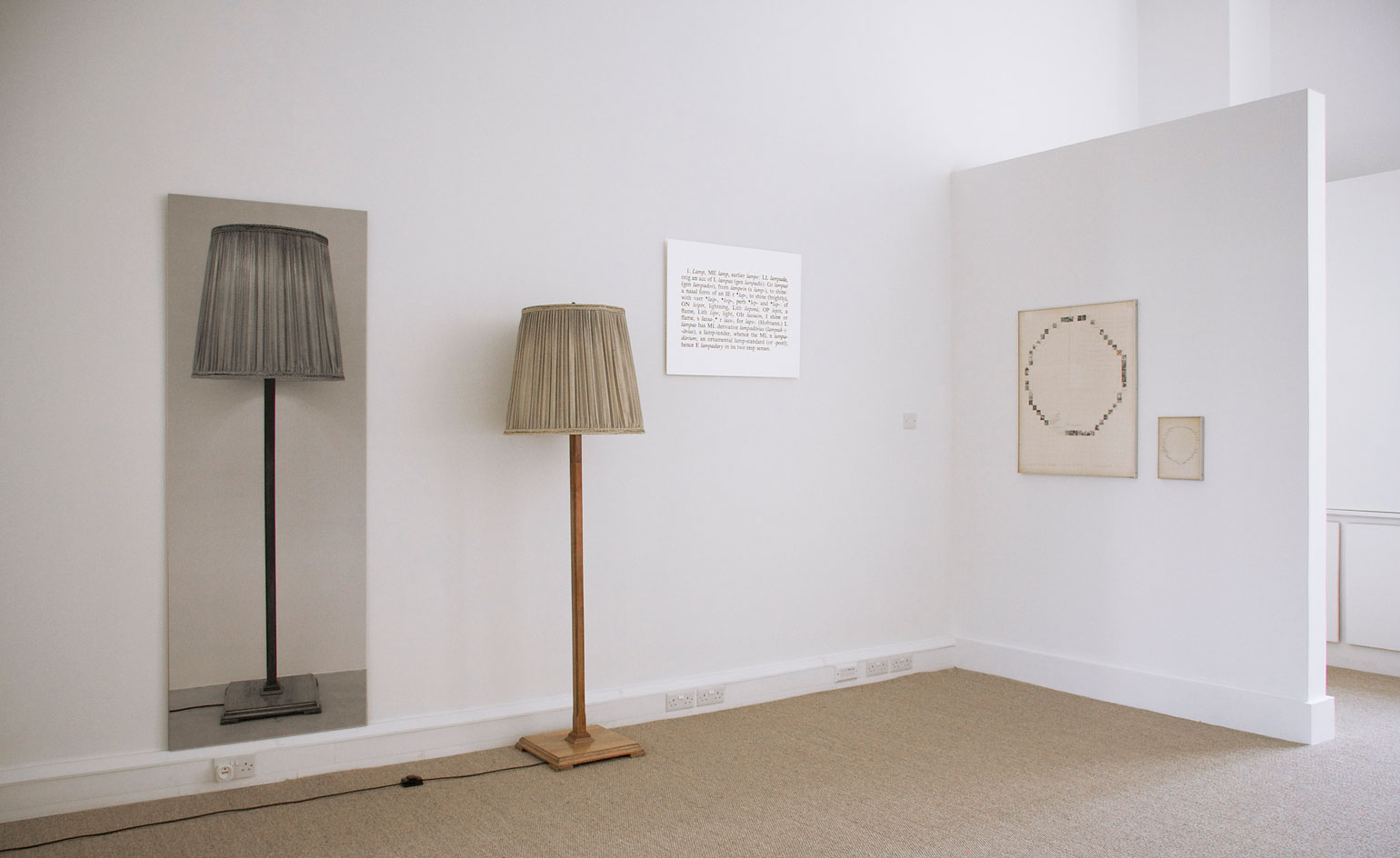
The works are on show at the Savile Row gallery space until 5 September
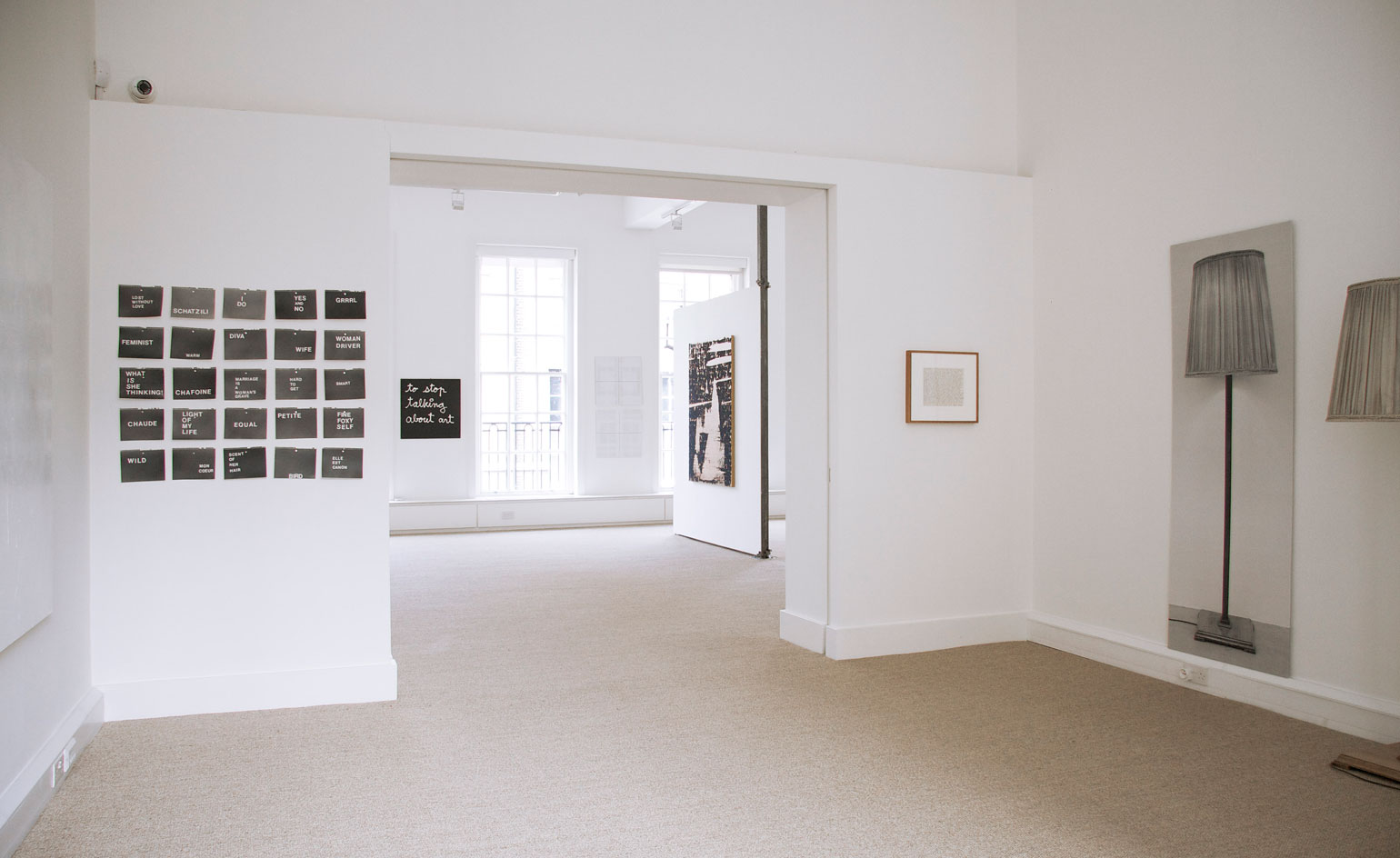
The pieces take us through a historical timeline of ‘painting converged into poetry and poetry converged into painting, and the myriad complexions in between'
ADDRESS
Luxembourg & Dayan
2 Savile Row
London, W1S 3PA
Receive our daily digest of inspiration, escapism and design stories from around the world direct to your inbox.
Sujata Burman is a writer and editor based in London, specialising in design and culture. She was Digital Design Editor at Wallpaper* before moving to her current role of Head of Content at London Design Festival and London Design Biennale where she is expanding the content offering of the showcases. Over the past decade, Sujata has written for global design and culture publications, and has been a speaker, moderator and judge for institutions and brands including RIBA, D&AD, Design Museum and Design Miami/. In 2019, she co-authored her first book, An Opinionated Guide to London Architecture, published by Hoxton Mini Press, which was driven by her aim to make the fields of design and architecture accessible to wider audiences.
-
 Click to buy: how will we buy watches in 2026?
Click to buy: how will we buy watches in 2026?Time was when a watch was bought only in a shop - the trying on was all part of the 'white glove' sales experience. But can the watch industry really put off the digital world any longer?
-
 Don't miss these art exhibitions to see in January
Don't miss these art exhibitions to see in JanuaryStart the year with an inspiring dose of culture - here are the best things to see in January
-
 Unmissable fashion exhibitions to add to your calendar in 2026
Unmissable fashion exhibitions to add to your calendar in 2026From a trip back to the 1990s at Tate Britain to retrospectives on Schiaparelli, Madame Grès and Vivienne Westwood, 2026 looks set to continue the renaissance of the fashion exhibition
-
 In memoriam: John Baldessari (1931-2020)
In memoriam: John Baldessari (1931-2020)The godfather of conceptual art died on 2 January at his home in Venice, Los Angeles, at the age of 88
-
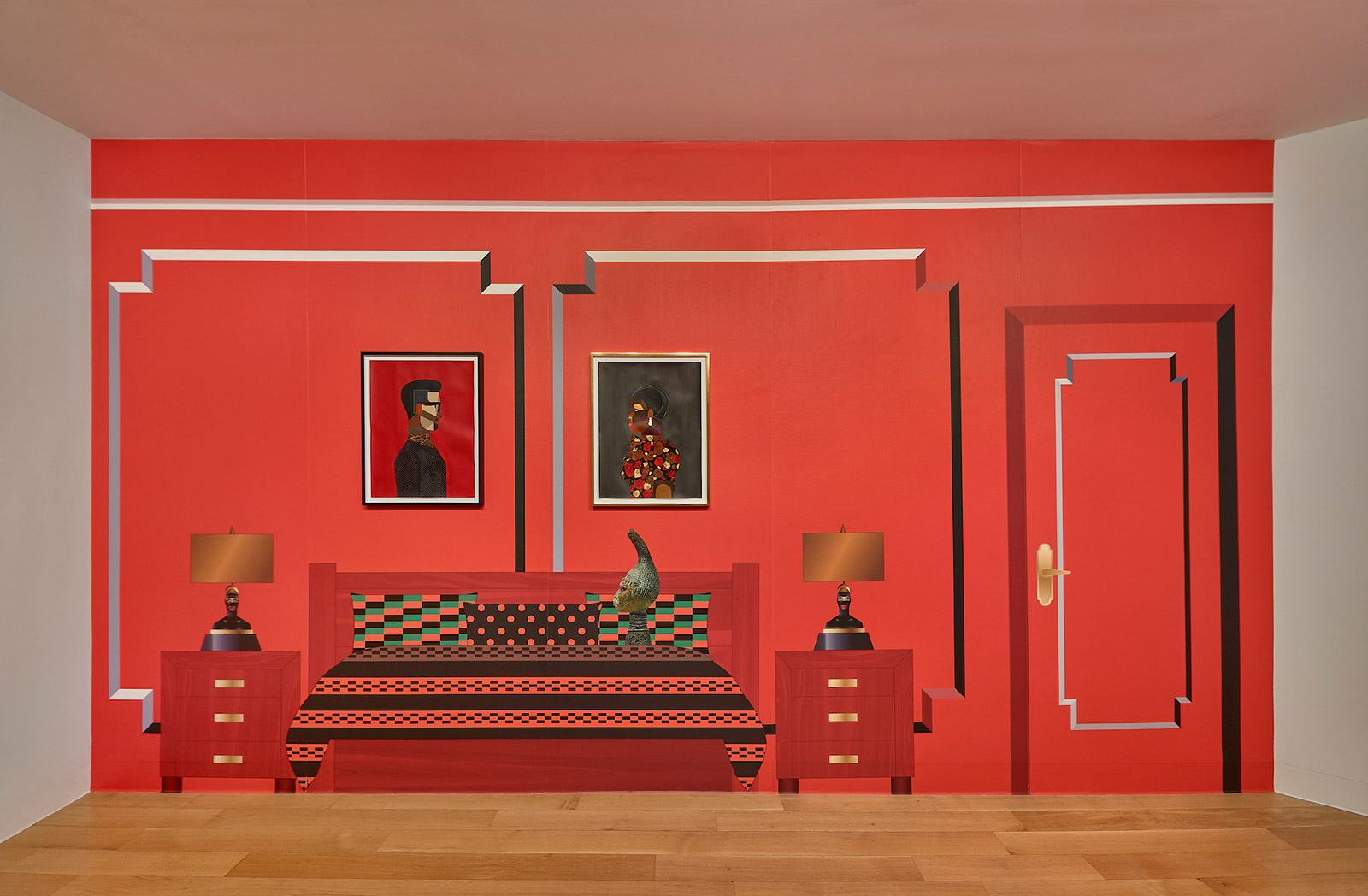 The domestic world’s a stage for artist Derrick Adams
The domestic world’s a stage for artist Derrick AdamsThe artist’s exhibition of domestic vignettes and portraits makes for intimate viewing at Luxembourg & Dayan’s New York townhouse gallery
-
 What’s in a kiss? Artists explore the expression of love in a new show
What’s in a kiss? Artists explore the expression of love in a new show -
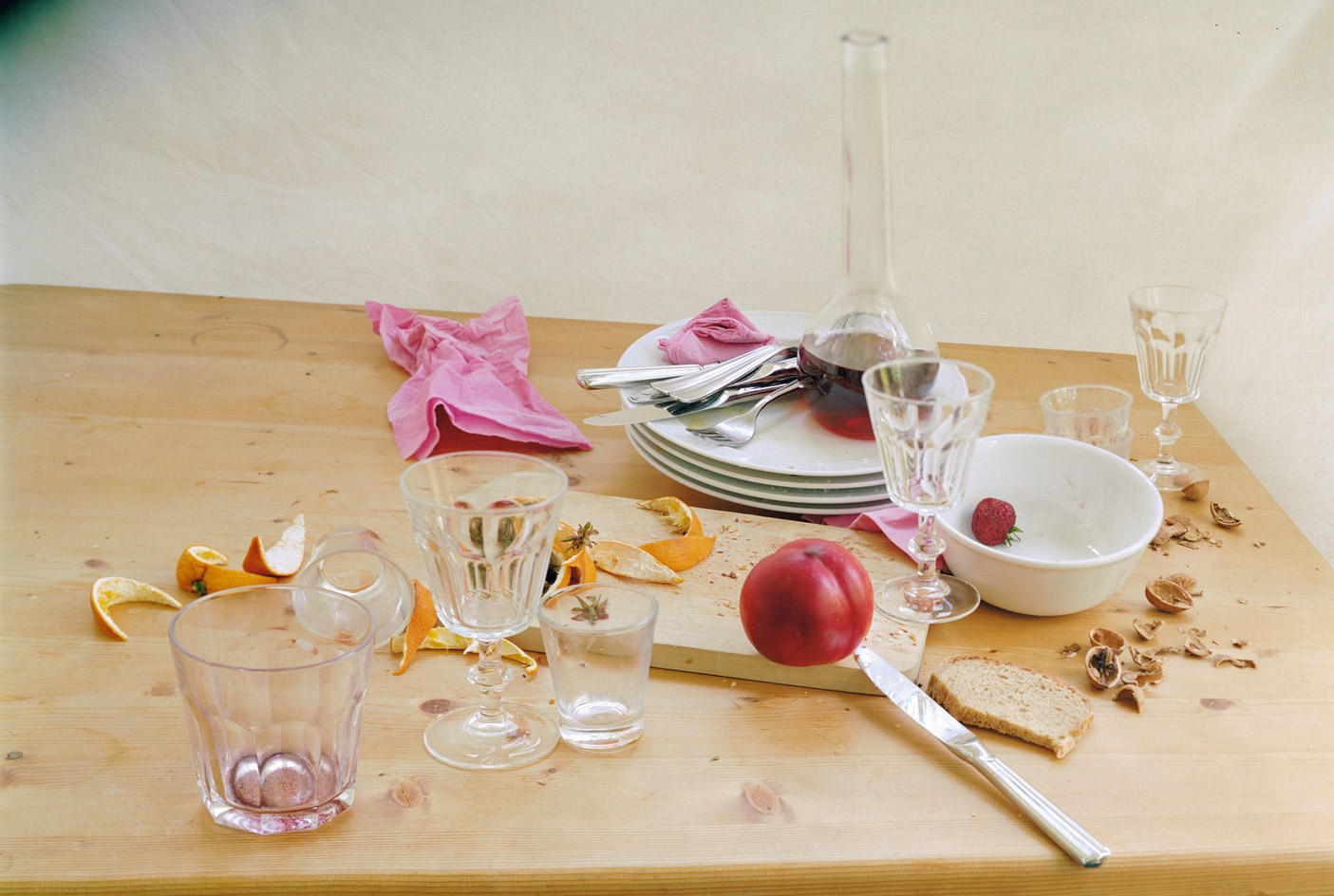 Homeward bound: in New York, artists’ musings on domestic dwellings take a dark turn
Homeward bound: in New York, artists’ musings on domestic dwellings take a dark turn -
 Double act: Daniel Libeskind takes on modern masters of abstract sculpture
Double act: Daniel Libeskind takes on modern masters of abstract sculpture -
 Movie stills and Miró: John Baldessari goes to Hollywood for his latest London survey
Movie stills and Miró: John Baldessari goes to Hollywood for his latest London survey -
 Top speed: John Baldessari creates his fastest ever artwork for BMW
Top speed: John Baldessari creates his fastest ever artwork for BMW -
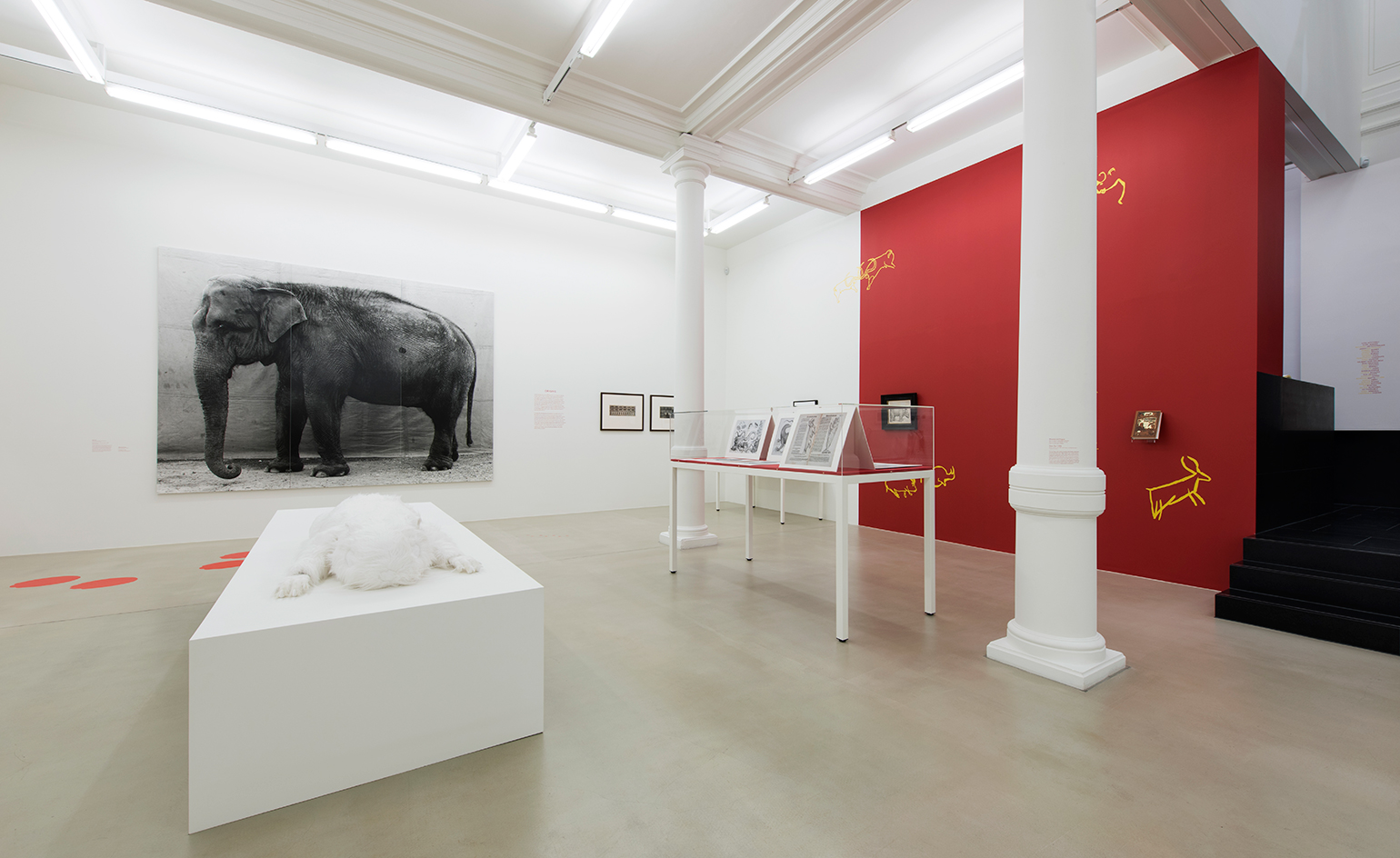 The beasts within: artists tap into their wild sides for a roaring show
The beasts within: artists tap into their wild sides for a roaring show